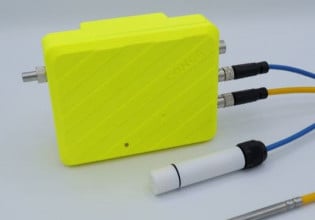W
I am writing a program in VB to control a machine. I know to write it in such a way that it will never "hang." But in parts of the program I need a delay to allow cylinders to extend/retract. Has anyone ever done this before and if so could you please point me in the right direction.
Thanks
Wade
Thanks
Wade






